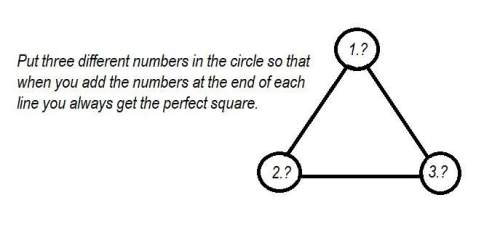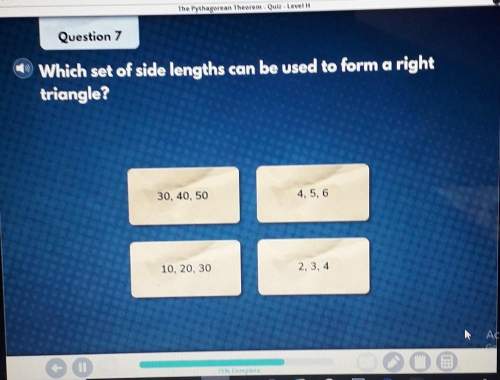
Mathematics, 09.04.2021 02:20 zb868469
Long races, like a marathon, have hydration stations about 2-3 miles apart. When it comes to getting ready for the big race, runners must decide whether the water provided by the hydration stations is enough to get them through the race or whether they should carry their own supply of water. Some runners believe carrying additional weight (like a water bottle) will slow them down and therefore they decide to rely on the hydration stations along the race. To put this theory to the test, a random sample of 466 marathon runners is selected and various variables are recorded including the runner's completion time in minutes (variable: runtime) and whether or not the runner carried water during the race (variable: waterload where no = did not carry water and yes = did carry water), the data set called marathon. Rdata contains the information from the 466 marathon runners selected at random. Note, there are a lot of variables in this data set, so be sure you are analyzing the data for the two variables described here of runtime and waterload. Using R, we would like to assess if, on average, carrying a water bottle during the race slows down the marathon runner. A 10% significance level is to be used. You may define the parameters 11 as the population mean marathon completion time in minutes when the runner is not carrying their own water bottle and M2 as the population mean marathon completion time in minutes when the runner is carrying their own water bottle. Recall the Steps for Testing Hypotheses: 1) State the hypotheses (the significance level has been selected to be 10%). 2) State and check the assumptions. You can assume that the samples are random and independent. The appropriate histograms and qq plots have been examined and it was found that the normal model is NOT reasonable for the two populations of runtimes; however, since we have large enough samples sizes, we will be able to rely on the CLT to be able to conduct our test. So you can consider this step to be done and that assumptions are reasonably met, and you do not have to include Step 2 as part of your answer. 3) Perform the appropriate test. Here you need to FIRST include support for how you decided to do the pooled or unpooled method. Note: Since the normality assumption for the two populations of runtimes is not met, you should NOT use Levene's test, but will need to rely on other ways to assess which t-test to perform and report. THEN you need to provide the appropriate t-test output. 4) Give your statistical decision and provide a conclusion in context.

Answers: 2
Another question on Mathematics

Mathematics, 21.06.2019 16:30
To which set of numbers does the number –5 belong? select all that apply. integers natural numbers rational numbers real numbers whole numbers
Answers: 1

Mathematics, 21.06.2019 16:30
When only separate discreet points are graphed it is called?
Answers: 3

Mathematics, 21.06.2019 17:00
Consider the function represented by the equation 1/2 j + 1/4 k equals 3 which shows the equation written in function notation with j as the independent variable
Answers: 1

You know the right answer?
Long races, like a marathon, have hydration stations about 2-3 miles apart. When it comes to getting...
Questions




Advanced Placement (AP), 09.12.2020 21:00


Mathematics, 09.12.2020 21:00


Mathematics, 09.12.2020 21:00



Mathematics, 09.12.2020 21:00

Mathematics, 09.12.2020 21:00

Health, 09.12.2020 21:00

Mathematics, 09.12.2020 21:00

Social Studies, 09.12.2020 21:00

Social Studies, 09.12.2020 21:00


Mathematics, 09.12.2020 21:00







